Knight of the Ice Volume 7 by Yayoi Ogawa
We don’t get a ton of josei series translated, so I do cherish the ones that come out in print like Knight of the Ice which has a winning combination of figure skating drama combined with Ogawa’s quirky sense of humor. While many of the plot points of the series center around Kokoro’s difficulties training and winning competitions, this volume opens with Chitose dealing with her heart condition. Kokoro’s hard-nosed manager Moriyama visits Chitose in the hospital, and it is great to see how much she cares even though she goes to great lengths to hide her emotions. Chitose doesn’t want to derail Kokoro’s concentration by having him worry about her, so she decides to both postpone having surgery and wants to keep her condition a secret.
For the rest of the volume, Kokoro is vaguely uneasy as he trains for his latest competitions, as he can tell that Chitose is hiding something but he isn’t sure what it is. He’s dealing with his ongoing issues of pushing his technical abilities but sometimes struggling to be artistic and expressive enough in his skating. “Yayoi Ogawa” shows up to dash off a sketch for an inspiring new costume. Ogawa’s dynamic and expressive art makes the skating competitions compelling, as all the skaters are dealing with their own struggles. Kokoro has some triumphs and setbacks, and has still not yet reached his full potential. I’m enjoying seeing the story in Knight of the Ice unfold.
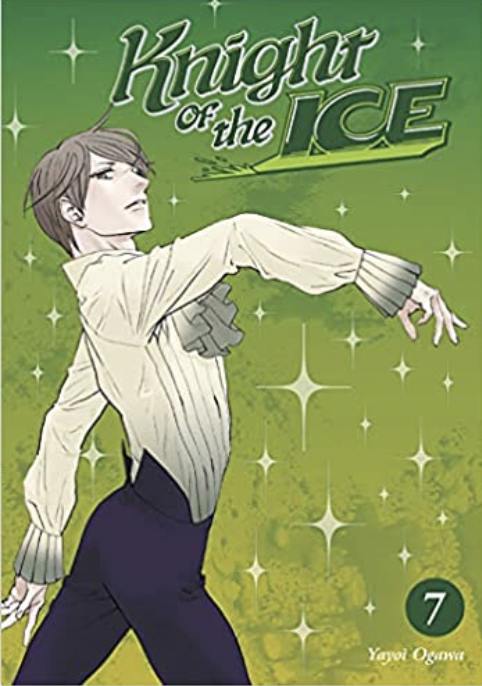
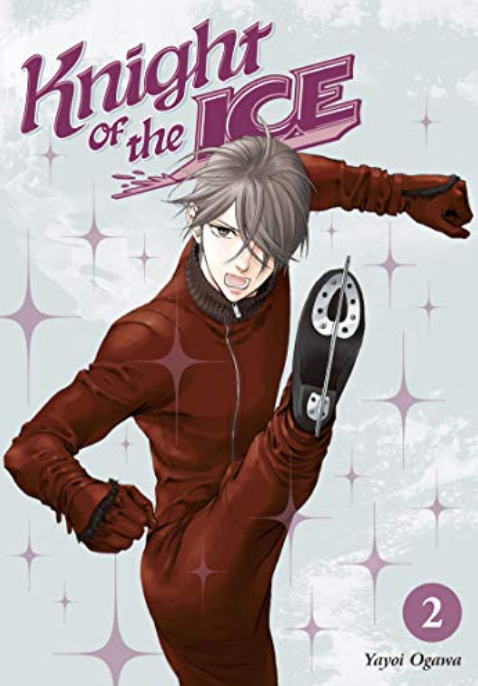
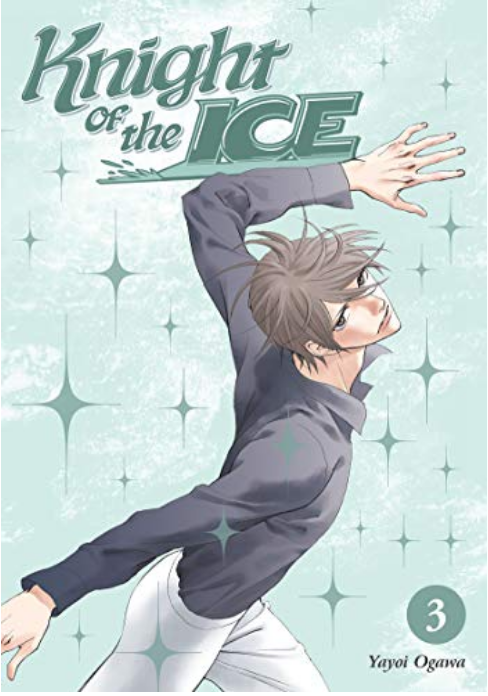
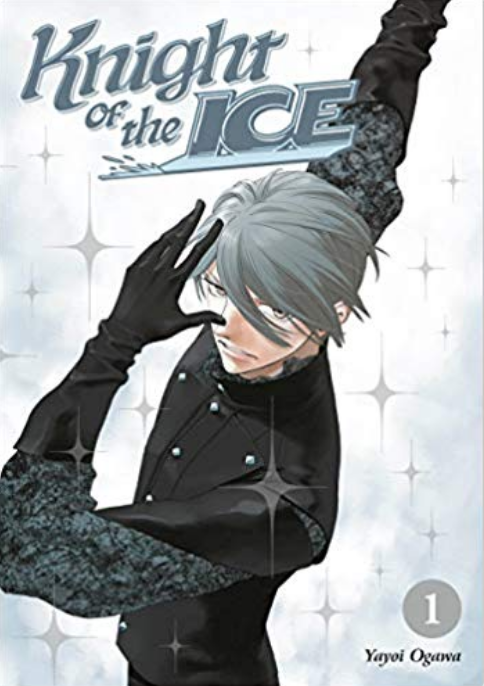
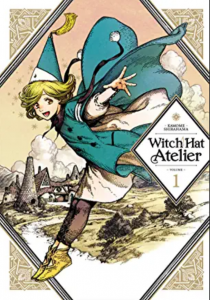

Recent Comments